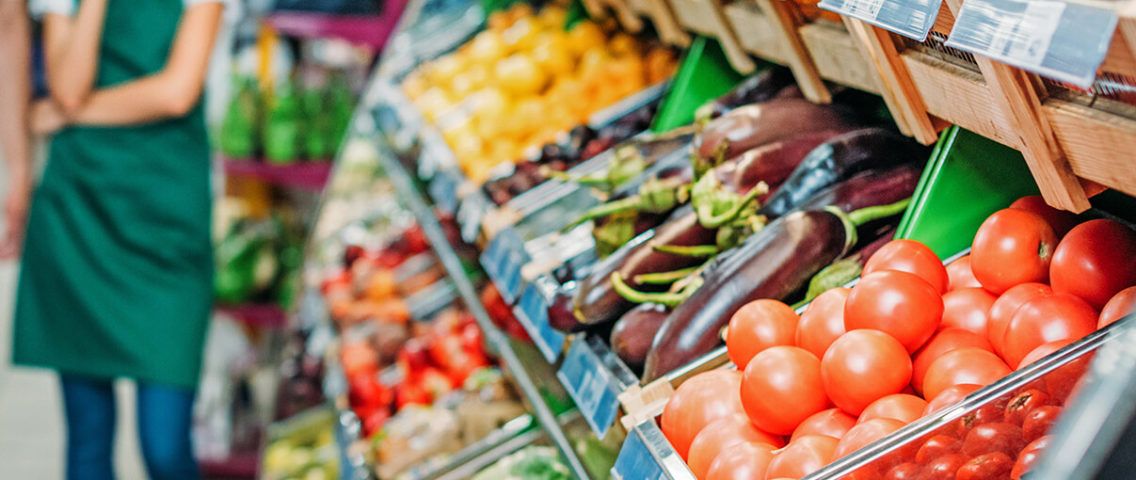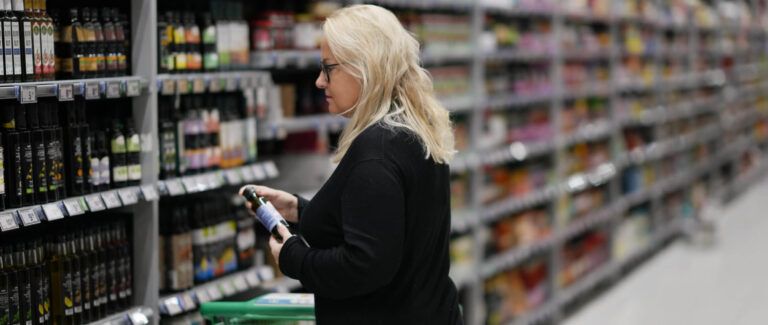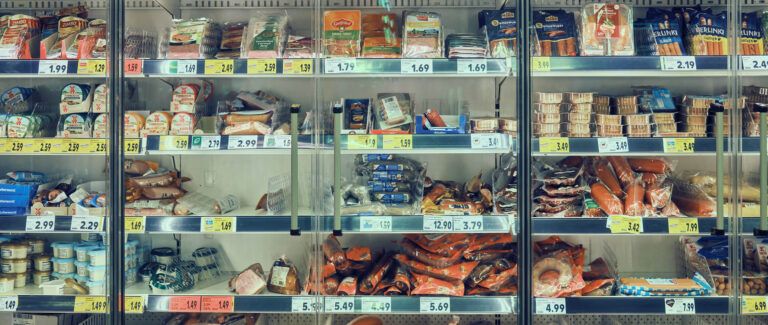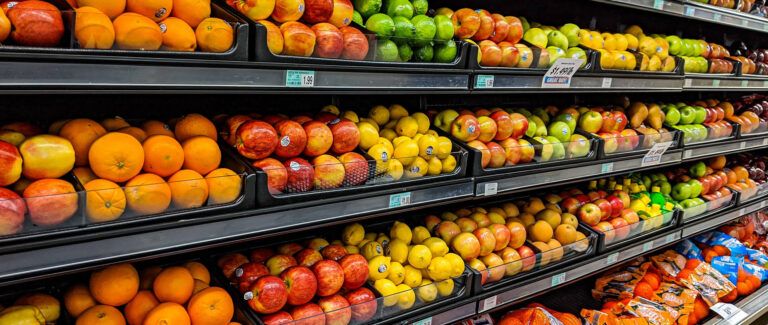In 2017, the grocery industry experienced the convergence of online and offline channels. Simultaneously grocers increased speed-to-market, supply chain transparency and prioritized shopping experience over price. It’s fair to say the grocery sector experienced a rapid evolvement during the past year and retailers have not been late to look for new ways to keep up with the changes.
Many of the same trends we’ve seen in 2017 will continue in 2018 alongside new challenges and opportunities. We’ve listed the five most interesting trends that grocery retailers can expect in 2018.
1. Pricing War
In 2017, the industry saw Amazon acquiring Whole Foods and grocery discounters Lidl and Aldi entering the U.S. market. The message is clear: in order to keep up with the industry, traditional grocers will have to find ways beyond price to differentiate themselves from competition. In order to do this, grocers will need to work hard to reinvent their processes and put even more pressure on optimizing operations to lower costs. More on how to fight the pricing war with successful supply chain planning can be read in this blog post.
2. Ecommerce
We’re seeing a wave of both established companies offering food to go options, e-grocery stores selling and delivering direct to the consumer as well as start-ups offering meal-kit delivery options and food-subscriptions. U.S. online grocery retail is expected to boom in 2018 and major brick-and-mortar chains will be pressured to offer the ecommerce options that consumers are pursuing. Amazon-Whole Foods has the potential to prompt widespread innovation in online grocery shopping, especially when 30% of U.S. shoppers are already purchasing some groceries online.
The challenge with online grocery is the complicated nature of the supply chain for fresh goods as well as building a profitable business model.
3. Fresh Foods
Traditional grocers will need to cater to changing consumer preferences as they steer away from packaged, frozen and manufactured foods towards healthier fresh food options.
Many companies in the grocery sector still see fresh food management as far too complex to be entrusted to their retail planning system and therefore continue to handle re-ordering using either very low-level automation or a completely manual process. A challenge for grocers is to figure out how to sell fresh food online in the growing ecommerce landscape and avoid high supply chain costs for these perishable goods.
In our Fresh Food Forecasting and Replenishment ebook we share valuable lessons we’ve learned that can help grocers work towards accurate forecasts and automated replenishment of fresh foods.
4. Weather Forecasting and Planning
Weather is a source of significant fluctuations in consumer demand, and because of the bullwhip effect, it can produce unnecessary high fluctuations on the supply side as well.
With all the severe weather conditions that occurred in 2017, grocers will need to increase their focus on incorporating weather data into forecasting and planning. Prioritizing planning for unpredictable weather will ensure that the products a customer needs to buy are available when they want to buy them, and give grocers a competitive advantage for when these circumstances occur.
5. Space Aware Retail Supply Chains
Retailers are finding out that store space optimization can bring significant cost savings and drive increased efficiencies to their store.
Instead of using the outdated model of basing in-store space planning on weekly averages, retail supply chains will understand the benefits of optimizing shelf space by matching daily demand forecasts with both suppliers’ and DC delivery replenishment cycles. By doing this, grocers can see benefits in direct-to-shelf deliveries and reduced backroom storage space.
It’s more important than ever for grocers to be aware of new practices and trends that are transforming the industry. In 2018, standing out from competition and seeing successful results, will force retailers to make changes and differentiate their business to meet the 2018 consumer needs.
—
RELEX and Elastic Solutions surveyed leading North American grocers to understand how they view today’s grocery market and what key retail and supply chain planning initiatives they are undertaking to build and sustain a competitive advantage. The report ‘Growing and Sustaining Competitive Advantage in Grocery Retail’ is free to download through the link below.




